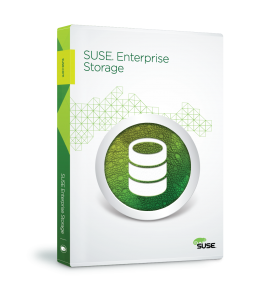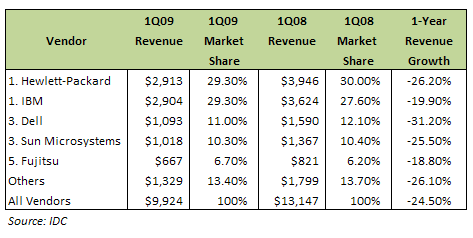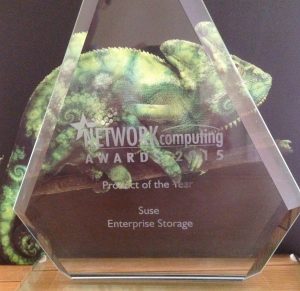How to Keep Up with Technology
 Anyone who has been paying attention over the last 10 years has observed that the pace of technology innovation is accelerating. Just try and keep up with your kids’ communication preferences. It’s not just Facebook anymore (that’s for old people), but apps like Snapchat, Instagram, Vine and Pinterest. In the world of enterprise technology, I was just starting to feel comfortable with big data, and now that’s old news, buried under the hype about containers, IoT, micro data centers and a dozen other things.
Anyone who has been paying attention over the last 10 years has observed that the pace of technology innovation is accelerating. Just try and keep up with your kids’ communication preferences. It’s not just Facebook anymore (that’s for old people), but apps like Snapchat, Instagram, Vine and Pinterest. In the world of enterprise technology, I was just starting to feel comfortable with big data, and now that’s old news, buried under the hype about containers, IoT, micro data centers and a dozen other things.
As a system administrator, developer, enterprise architect, or IT decision maker, how do you keep up? At some point, you have to pop your head up, put your current project down, and find out what people are talking about. And not just observe, but participate in the conversation. Technical conferences, if done right, are a great way to get a handle on the latest information that can affect the way you do your job. Let’s use SUSECon as an example.
Learn
In a few days and in one place, you can catch up on the latest technology in a broad range of topics (122 sessions) that interest you, getting an overview if it’s peripheral to your job, or a deep-dive, hands-on if it’s essential. But it’s not just about us talking to you. There needs to be a symbiotic relationship between the people that use the technology and the people that develop it. As important as it is for you to get the latest roadmaps and trends from your technology partners, it’s equally important for us to hear from you, because it’s your customers’ requirements that are driving the demand.
Network
Good conferences are set up to maximize attendee conversations and give you plenty of opportunity to talk to people who are facing the same challenges as you so that you can learn from each other. Networking with developers, end users, product managers and executives – in the hallway, in a session, or over a beer – is one of the biggest benefits of attending a technical conference. Find out what others are doing to innovate in their businesses, and bring that back with you.
Certify
If your job involves being an expert in Linux administration, then certification can increase your job skills and establish your credibility in addition to helping you get your job done more effectively. If you haven’t already taken the tests for SUSE Linux Certification, take advantage of that SUSECon
Recharge
Let’s be honest – you work hard and you deserve this. Employee burn out is a real thing. From this New York Times article earlier this year:
“What companies really need to measure is not how engaged their employees are, but rather how consistently energized they feel. That means focusing not just on inspiring them and giving them opportunities to truly add value in the world, but also on caring for them and providing sufficient time to rest and refuel.”
And while not exactly a vacation, a technical conference done right (like SUSECon) lets you get stuff done that’s important to your job while giving you an opportunity to recharge in a magnificent venue in one of the world’s most beautiful and accessible cities.
So don’t put it off any longer. Register for SUSECon today.
 Immersed in the technology world, we tend to think of networking as linking machines, especially computers, to operate interactively. Before there were computers though, we might have said that networking refers to how people come together intelligently to get things done. In our hyper-connected world, open source software development is an excellent example of the latter, and increasingly a driving force behind innovation of the former.
Immersed in the technology world, we tend to think of networking as linking machines, especially computers, to operate interactively. Before there were computers though, we might have said that networking refers to how people come together intelligently to get things done. In our hyper-connected world, open source software development is an excellent example of the latter, and increasingly a driving force behind innovation of the former.



 One of the great things about modern life is that we are often spoilt for choice. As an example, many of us enjoy a good cup of coffee. In the office where I work, there are always at least four different flavor options to choose from and best of all, they are all provided free of charge. My particular favourite at the moment is the Espresso Leggero.
One of the great things about modern life is that we are often spoilt for choice. As an example, many of us enjoy a good cup of coffee. In the office where I work, there are always at least four different flavor options to choose from and best of all, they are all provided free of charge. My particular favourite at the moment is the Espresso Leggero.

